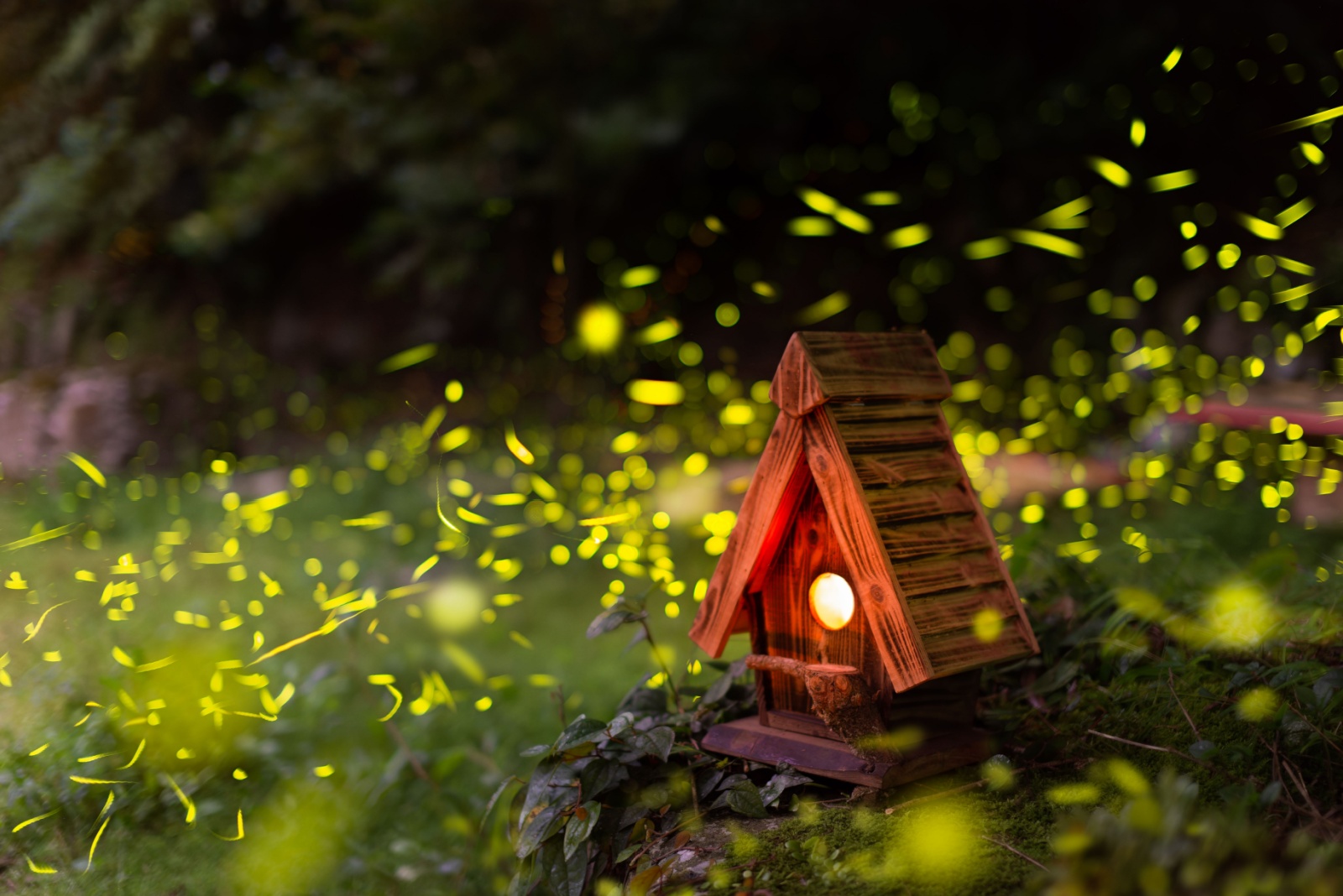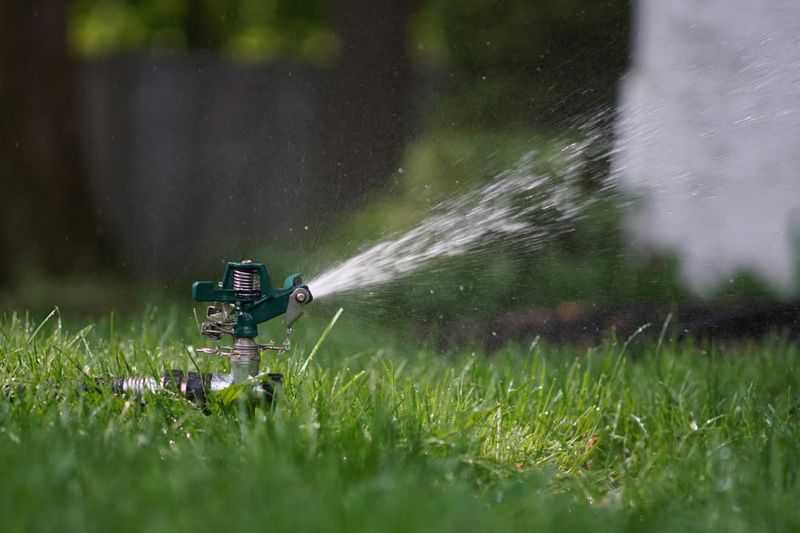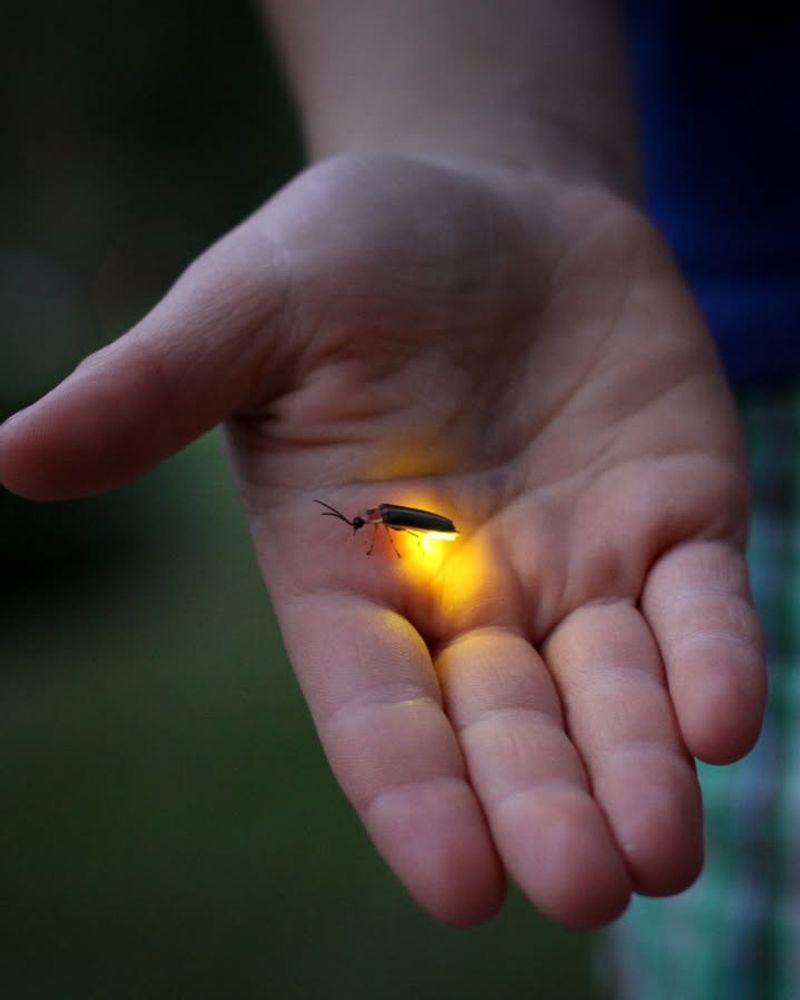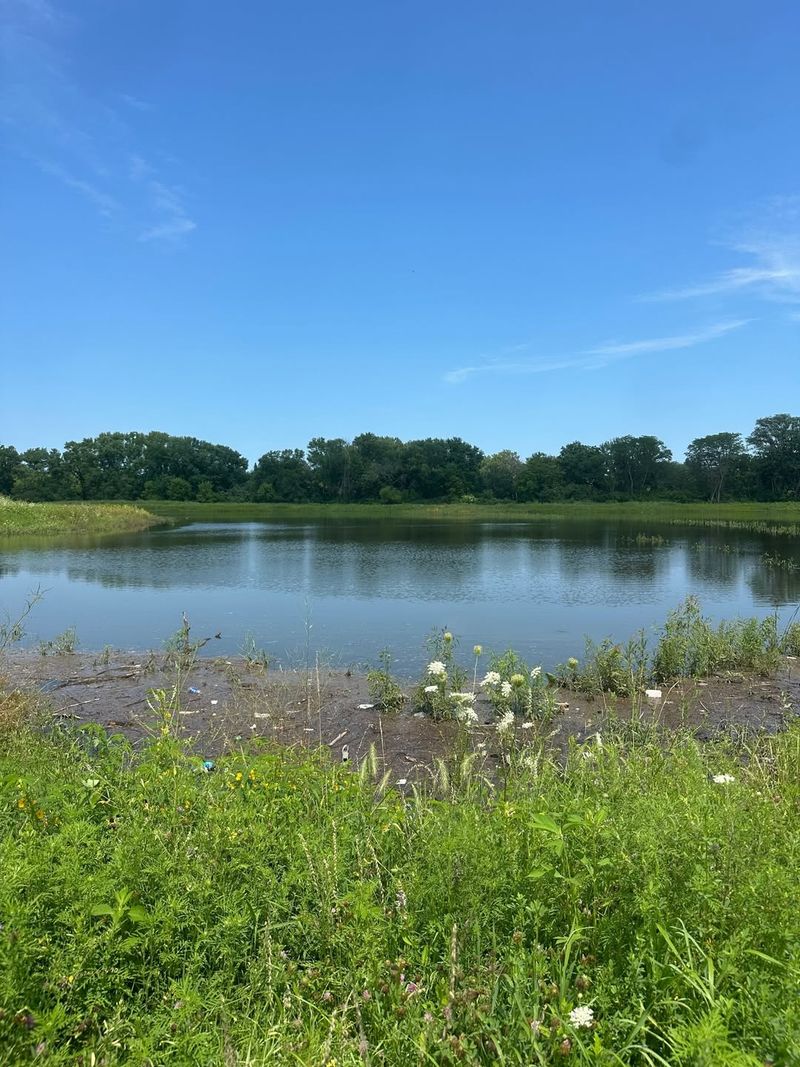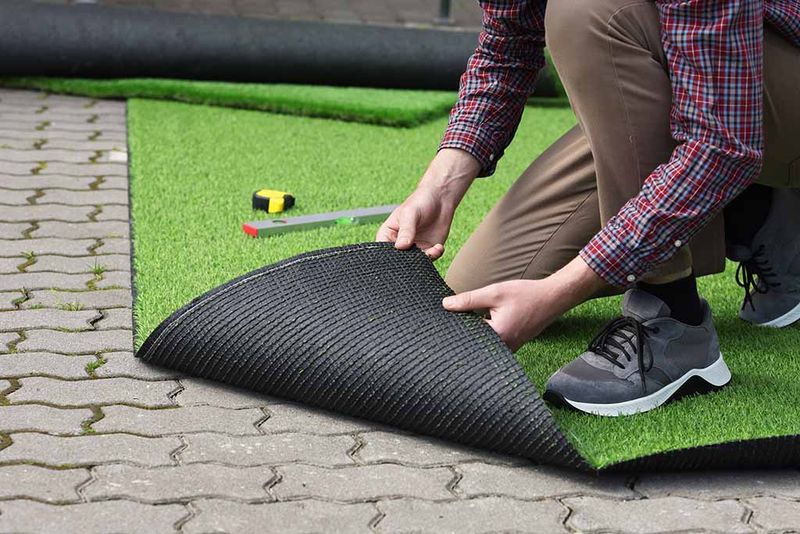There was a time when Iowa summers sparkled. Kids chased fireflies at dusk, jars glowed on porches, and fields shimmered with soft golden light. Now, those familiar glimmers are fading. Firefly populations across the state are declining, and the reasons trace back to how our landscapes have changed.
From mowed lawns to pesticides to shrinking wetlands, their world is disappearing. Let’s explore what’s driving the loss—and how we can help bring the light back.
1. Light Pollution Confuses Their Signals
Iowa bright streetlights, porch lights, and security lamps are drowning out the natural glow fireflies use to find mates. Males flash specific patterns to attract females, but artificial lighting makes these signals nearly impossible to see.
When fireflies cannot communicate properly, they struggle to reproduce and their populations shrink. Turning off unnecessary outdoor lights during summer evenings gives fireflies a better chance to connect and continue their species in your neighborhood.
2. Pesticides Kill Firefly Larvae
Chemicals sprayed on Iowa lawns and crops to eliminate mosquitoes and other pests also harm firefly babies living in the soil. Firefly larvae spend up to two years underground before becoming adults, making them especially vulnerable to lawn treatments.
Even small amounts of pesticides can be deadly to these developing insects. Choosing natural pest control methods or reducing chemical use protects fireflies during their most fragile life stage and helps populations recover over time.
3. Loss Of Natural Habitat
Fireflies need tall grasses, woodlands, and wetland edges to complete their life cycle, but these areas are disappearing fast. Iowa farmland expansion and housing developments replace wild spaces with manicured lawns and concrete.
Without diverse plant life and moist soil, fireflies lose their hunting grounds and breeding spots. Creating small wild patches in your yard with native plants and letting some grass grow longer provides essential habitat that fireflies desperately need to survive and thrive.
4. Mowing Eliminates Hiding Places
Frequent lawn mowing destroys the ground cover where firefly larvae hunt for snails and slugs. Short, perfectly trimmed grass offers no protection or food sources for these young insects.
Adult fireflies also need taller vegetation to rest during the day and lay their eggs safely. Letting sections of your Iowa lawn grow wild, especially near gardens or wooded areas, creates microhabitats where fireflies can complete their entire life cycle without constant disturbance from mowers.
5. Climate Change Disrupts Timing
Warmer temperatures and unpredictable weather patterns throw off the delicate timing fireflies rely on for emerging and mating. Spring droughts dry out the moist soil firefly larvae need, while early heat waves can force adults to emerge before conditions are right.
When fireflies appear at the wrong time, they miss their mating windows and populations decline. Supporting climate-friendly practices and maintaining water sources in your yard helps fireflies adapt to these challenging environmental shifts.
6. Water Sources Are Disappearing
Many firefly species depend on streams, ponds, and wetlands for survival, but these water features are vanishing across Iowa. Drainage projects, drought, and development remove the moisture-rich environments firefly larvae require.
Without access to water, fireflies cannot complete their lifecycle successfully. Installing a small pond, rain garden, or simply keeping areas of your property naturally damp creates crucial moisture zones that support firefly populations and other beneficial insects throughout the seasons.
7. Artificial Surfaces Trap Heat
Concrete driveways, asphalt roads, and buildings in Iowa absorb heat during the day and radiate it at night, creating unnaturally warm microclimates. Fireflies prefer cooler evening temperatures, and excessive heat stress disrupts their behavior and survival rates.
Urban heat islands make it harder for fireflies to thrive in developed areas. Planting shade trees, using permeable paving materials, and creating green spaces helps cool your property naturally, making your yard more comfortable for both people and fireflies.
8. Lack Of Food For Larvae
Firefly babies feast primarily on snails, slugs, and worms found in healthy soil ecosystems. Modern Iowa landscaping practices that remove leaf litter and use chemicals eliminate these essential prey species.
Without adequate food, firefly larvae starve before reaching adulthood. Leaving fallen leaves in garden beds, avoiding excessive soil disturbance, and creating compost areas encourages the invertebrate populations that firefly larvae depend on, ensuring future generations of glowing summer visitors return to your property.

